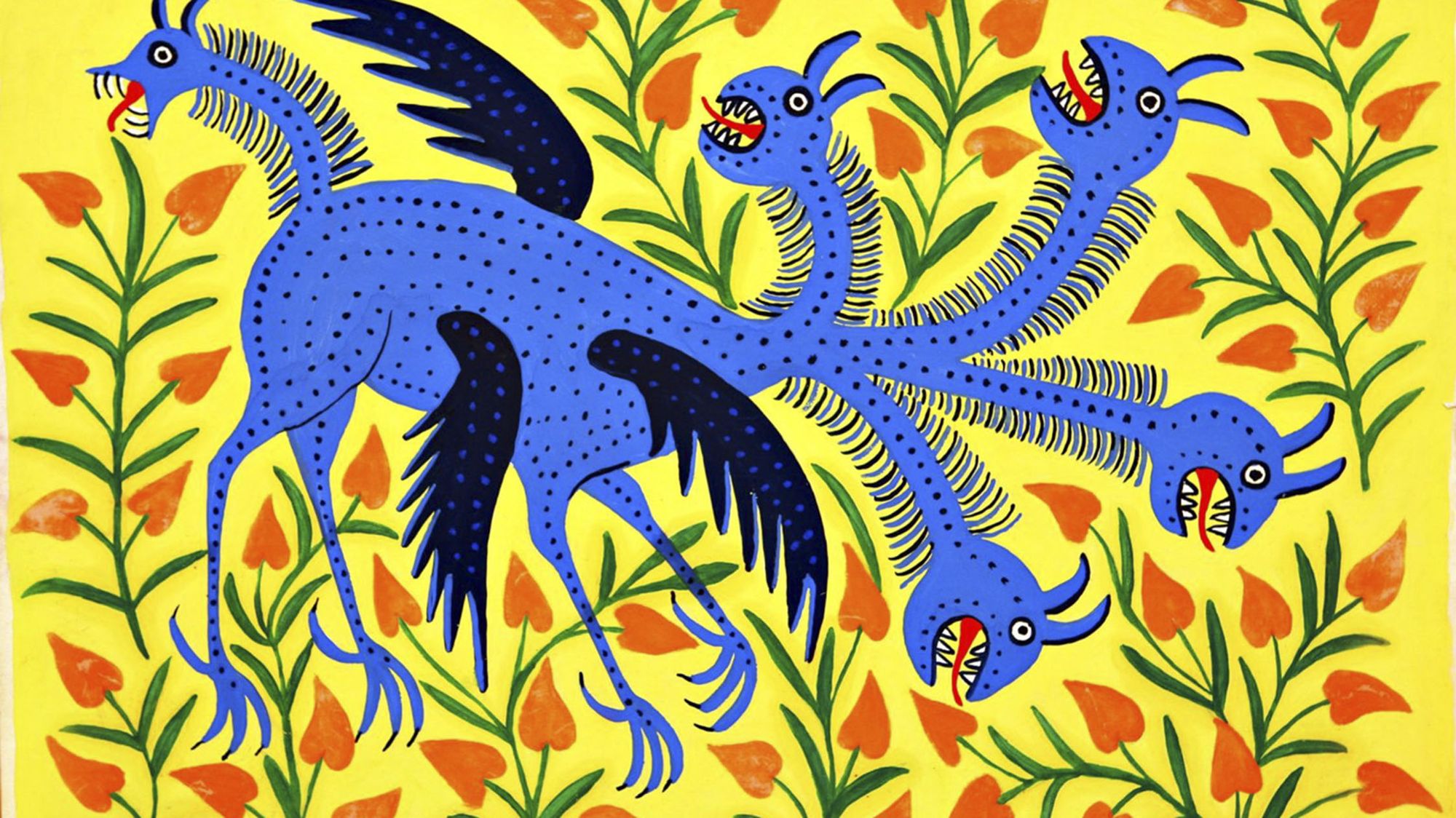011
“A work of art is not to instruct, not to edify, but to awaken an emotion.”

WEATHER REPORT
dispatches on our everyday relationship with nature and the environment

Boston MA, USA - Stephan Jacobs
Salix alba (White Willow)
I live in Boston with my family beside Harvard’s Arnold Arboretum. For more than 10 years we’ve labored to convert our 6800sf lot into an urban garden. Grass and concrete has given way to vegetable, herb, and flower gardens, apple trees, chickens, and some space to entertain. In 2011 I wanted to create a woven wattle fence around the parameter of our vegetable garden. I’d seen wattle fences on my travels in Europe and I wanted to try my hand at repurposing my neighbor’s prunings and clippings they set out for collection each week.

On a walk one day, I grabbed a few sturdy branches from a white willow tree the Arboretum staff had pruned. I brought them home and set them as corner posts, 2 feet deep in soil, for the fence I was building.
At summer’s end, my wife and I noticed green buds forming on one of the willow posts. Buds became small branches, followed by catkins, then leaves. We were in awe. The post had rooted and become a new white willow. I read about the species and was excited to learn of its medicinal properties, as well as the significance of the tree across many cultures.

I soon became aware the sturdy stick I saved from a certain wood chipper fate might rise to 20m if not well-managed. In subsequent years, I dug it out and replanted it three times. In 2016 I moved it to a spot along our fence line, to broaden our green privacy screen. I wasn’t hopeful for its survival, but it sprang back to life. I built a crow’s nest into the tree’s crown for our son August’s amusement. He fastened one end of a hammock to it. The willow provides shelter, beauty, play space, shade and privacy. I pollard the tree every March to stimulate new growth. Over the years a curious relationship has emerged; we feel the willow has become a companion.
Stephan Jacobs is contributor to Viaduct Arts (website)
More about Weather Report here
ARTIST FEATURE
new approaches to climate relevance
Letter from the Editor
When I listen to artists consider how they might address climate in their work, I can almost see the dismal options playing out in their mind: Oh man, do I have to become 'message-y'? Worse, preachy? Or worst of all, should I risk ending up with clumsily didactic art - bad art?
Maybe they're right to worry, I've seen enough examples to confirm such fears. Paintings taken over by simplistic slogans. Songs that veer into awkwardness as soon as lyrics tip their hand explicitly. Photos that try to raise the alarm by focusing on apocalyptic extremes in weather.
If art can play a role in taking us into a more positive future - which is the basic premise of this newsletter - some examples of art-as-activism are not encouraging.
Where's the magic?
In our earnestness, are we doing 'climate art' wrong? The underlying problem could be that Art hasn't quite settled into what it supposed to actually do in this moment, in a way that's different from Journalism or Science. Much climate-themed art seems designed to be another way of 'creating awareness' by pointing out the problem to the unconvinced. Maybe they will listen to their favorite singer or poet more than a politician, commentator, or activist? But people presumably already consume journalism, which is better suited to that task of explanation and persuasion and is backed up by the cold facts of science. The problem doesn't seem to be a lack of information, it's people - even the convinced - who are either unsure what to do, or are not ready to change their own lives.
Maybe an actual new way of being, a new tenor of life, would help. Art is better at inspiring, nudging us toward that goal with fairy dust, not stats or slogans. It reminds me of the extraordinary film The Secret of Kells. In the face of a violent existential threat, the story centers on the tension between the rigid uncle's practical fortification plans and the young boy's embrace of nature, imagination, and beauty as a different sort of bulwark against dark times:


In a way, I agree with Dr. Danielle Boutet:
I hear a lot of people calling for artists to intervene and artists also saying that something must be done, etc. I think that art is not a good vehicle for activism. I’m really sorry for all the people who are interested in this. I don’t want to shock anyone, but sometimes it can risk falling into propaganda or ideology [...]. I think art can do so much more than that and go so much deeper than that.
"Art can help humans to evolve."
Or George Innes, who said in a great piece on 'Tonalism', which I had never heard of:
“A work of art is not to instruct, not to edify, but to awaken an emotion.”
In other words, maybe we don't need art about the climate crisis. 'Climate-art' can't just be journalism and science put to a melody and a beat or brush strokes on canvas. Artists don't want that, and I'm not sure art audiences do either.
To me, a good starting point for addressing climate - at least indirectly - is art that creatively explores our relationship with nature and the environment, in a way that feels nourishing and makes us believe in a future grounded in that relationship.
Art needs to lift us up in the best ways it always has, framing how we see ourselves, the world, and the future, and reminding us of the resilience we will increasingly need.
Yes, art may need to strive for more relevance in times like these, but doesn't need to be preachy or shouty.
Yes, art may need to touch on uncomfortable truths, but doesn't need to pile on our fears.
Yes, instead of being yet another sounding of the alarm - another source of anxiety - maybe art can be the nuanced reflection or meditation that helps us deal with reality as it is.
See Future-Music below. Or a more historical example, as Pieter Bruegel the Elder did with his paintings that confronted life amid climate change extremes (in the other direction, the Little Ice Age of the mid-1500's).
The Deadly Truth behind Pieter Bruegel the Elder’s Idyllic Winter Landscapes

And art can and should continue to be a rebuttal to increasingly dark forces loose in the world. Maybe that's why those dark forces always come for art and artists. I've been thinking about that clever street art in Poznan, Poland by the Polish artist Kawu, with Putin as Voldemort and Zelensky as Harry Potter.


If Woody Guthrie famously had that line that his guitar was a 'machine' that 'kills fascists', maybe the better metaphor is a Potter one - art is not a gun but a magic wand. Not a magic wand that you can wave and everything's ok. Not a wand like in those battle scenes between Voldemort and Potter when they're zinging wand-strikes at each other.
But in a way more like the latter, actually. At its best, art hits you like magic. An energy-blob that reorders your thoughts and feelings in ways that can linger for a long time, maybe forever. A zap of enchantment. A zing of spiritual sustenance that gets you through your day or night. A cosmic fusillade that makes previously unthinkable changes to our lives and mentality suddenly seem thinkable.
Maybe artists are kind of witchy like that. Maybe that's the way.
Bill Crandall is the founder and publisher of Viaduct Arts
FUTURE-MUSIC
music to carry us forward
How intriguing that a presumably staid organization like Audubon - clearly recognizing the importance of artists responding to climate and, by extension, protecting birds - wrote a review of an indie record as a News post on their website.
The Weather Station’s Stunning New Album Is Filled With Birds and Grief
On “Ignorance,” Tamara Lindeman infuses catchy pop tunes with the angst of watching climate change disrupt the natural world.
Audubon | February 19, 2021
Lindeman wrote “Robber” after reading news stories about how Exxon understood the dire effects of global warming for decades, even as it worked to cast doubt on climate science. (“White table cloth dinners, convention centres, it was all done real carefully,” she sings.) She didn’t set out to write songs about the warming planet, she says, but climate grief infused them all. The result is less an album about climate change than a musical expression of what it feels like to live and love in a time of crisis.
Lindeman is far from the only one turning our planetary emergency into extraordinary art. Just before Ignorance came out on February 5, I read Jenny Offill’s taut, menacing climate novel Weather. Both the album and the book capture the way our anthropocene minds simultaneously, awkwardly lug around the mundane and the cataclysmic. On one page, Offill’s narrator—a librarian increasingly obsessed with how to survive catastrophe—orders a second helping of cake. On the next, she tells us: “There are fewer and fewer birds these days. This is the hole I tumbled down an hour ago.”
ROUNDUP

Sonny Rollins on the Pandemic, Protests, and Music
The legendary saxophonist, approaching ninety, discusses civil rights, jazz, and creative change.
New Yorker | June 11, 2020
I’m trying to live in a world of the spirit wherein I am concentrating on things such as the golden rule. This is my big thing; I am trying to live by it. The main thing is do unto others as you would have them do unto you. Sure, everybody knows it, but nobody lives by it. We live in a world where it’s about “I’ve gotta get mine, and—too bad for you—I’ve gotta get mine first.”
It’s not about your music—it’s about what makes your music your music. You’ve got to have a feeling like that. You have to have a reason for your music. Have something besides the technical. Make it for something. Make it for kindness, make it for peace, whatever it is. You know what I mean?
'Princess Mononoke' Predicted Our Cursed Present
Vice | October 29, 2019
Like so much great art, Princess Mononoke holds a mirror up to the world, dramatizing it in a way that enables us, as the Emishi wise woman says, "to see with eyes unclouded." We see that environmental disaster is not an abstract and faraway misfortune, but a pressing crisis for which leaders must be held accountable, and against which immediate action must be taken.

Kilian Schoenberger, photographer
Germany. Talking to a dying giant. Farewell majestic beech. Different to oaks or lime trees - which can easily reach an age of 500 years and more - beeches are not as sturdy. Right now many 200 or 250 year old beeches are dying a more or less natural death. They are witnesses of forestry and woodland pasture before the industrial age. The old beeches are leaving this world year after year.
(Warning: Walking under a dying tree is dangerous - branches may break at any moment but especially when it's windy or when rain or snow put some extra weight on the tree.)
